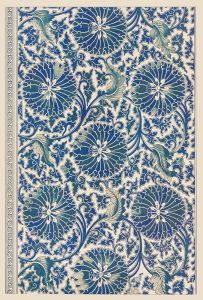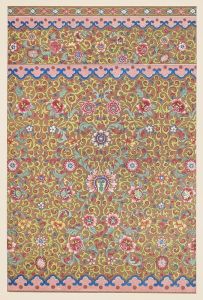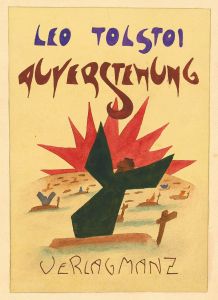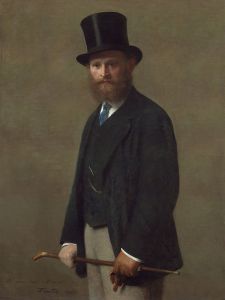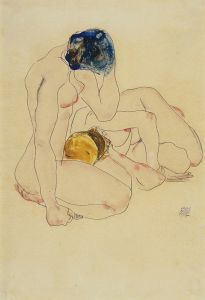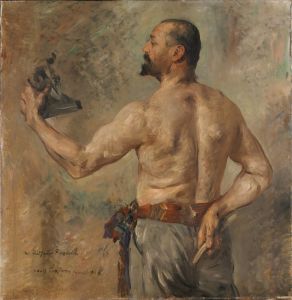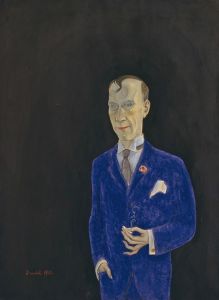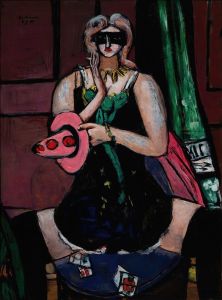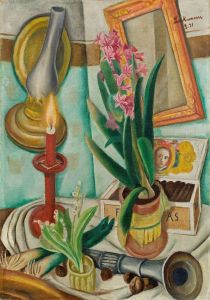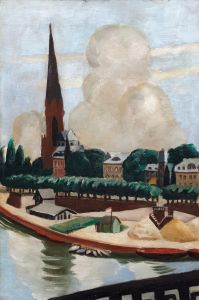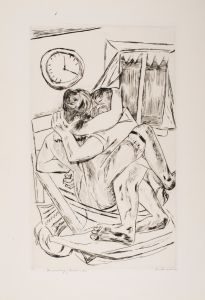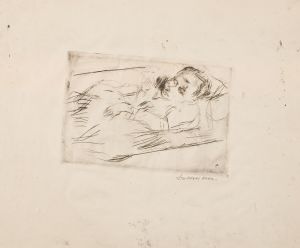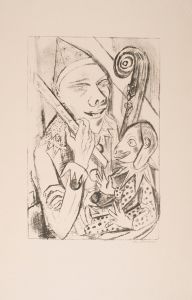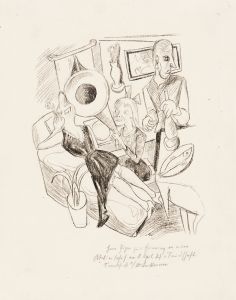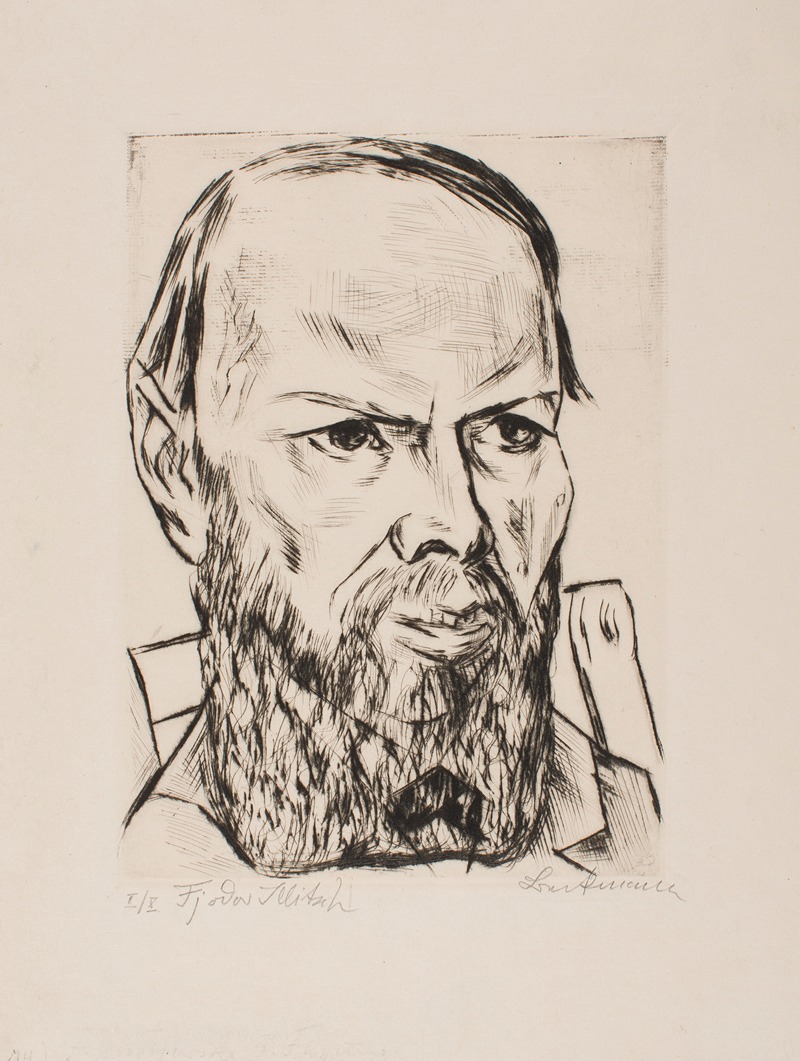
Dostoyevsky I
A hand-painted replica of Max Beckmann’s masterpiece Dostoyevsky I, meticulously crafted by professional artists to capture the true essence of the original. Each piece is created with museum-quality canvas and rare mineral pigments, carefully painted by experienced artists with delicate brushstrokes and rich, layered colors to perfectly recreate the texture of the original artwork. Unlike machine-printed reproductions, this hand-painted version brings the painting to life, infused with the artist’s emotions and skill in every stroke. Whether for personal collection or home decoration, it instantly elevates the artistic atmosphere of any space.
Max Beckmann's "Dostoyevsky I" is a notable work by the German painter, created in 1921. Beckmann, known for his expressionist style, often explored complex themes of human existence, and this painting is no exception. The work reflects Beckmann's deep engagement with literature and philosophy, particularly his admiration for the Russian novelist Fyodor Dostoyevsky, whose writings delve into the human psyche and moral dilemmas.
"Dostoyevsky I" is part of a series where Beckmann pays homage to influential figures in literature and philosophy. The painting captures the essence of Dostoyevsky's intense and often dark exploration of the human condition. Beckmann's use of bold lines and stark contrasts in this piece is characteristic of his style during the post-World War I period, a time when he was grappling with the aftermath of the war and its impact on society.
The painting is executed with a somber palette, which is typical of Beckmann's work from this era. The colors and composition convey a sense of introspection and complexity, mirroring the themes found in Dostoyevsky's novels. Beckmann's portrayal is not a literal representation of the author but rather an abstract interpretation that seeks to capture the spirit and intellectual depth of Dostoyevsky's work.
Beckmann's interest in Dostoyevsky can be seen as part of a broader engagement with existential themes. Dostoyevsky's novels, such as "Crime and Punishment," "The Brothers Karamazov," and "Notes from Underground," explore questions of morality, free will, and the nature of evil, subjects that resonated with Beckmann's own artistic explorations. The painting can be seen as a visual dialogue with these literary themes, reflecting Beckmann's attempt to grapple with similar questions through his art.
During the time "Dostoyevsky I" was created, Beckmann was living in Frankfurt, having returned to Germany after a brief period in the Netherlands. The post-war years were a time of significant change and upheaval in Europe, and Beckmann's work from this period often reflects the tension and uncertainty of the era. His paintings frequently depict scenes of chaos and introspection, capturing the zeitgeist of the Weimar Republic.
"Dostoyevsky I" is housed in the collection of the Museum of Modern Art in New York, where it continues to be an important piece for understanding Beckmann's oeuvre and his engagement with literary and philosophical themes. The painting is a testament to Beckmann's ability to translate complex intellectual ideas into visual form, offering viewers a glimpse into the mind of one of the 20th century's most significant artists.
In summary, Max Beckmann's "Dostoyevsky I" is a profound exploration of the themes that preoccupied both the painter and the novelist. Through his expressionist style, Beckmann captures the essence of Dostoyevsky's exploration of the human condition, creating a work that resonates with the existential questions of his time.





